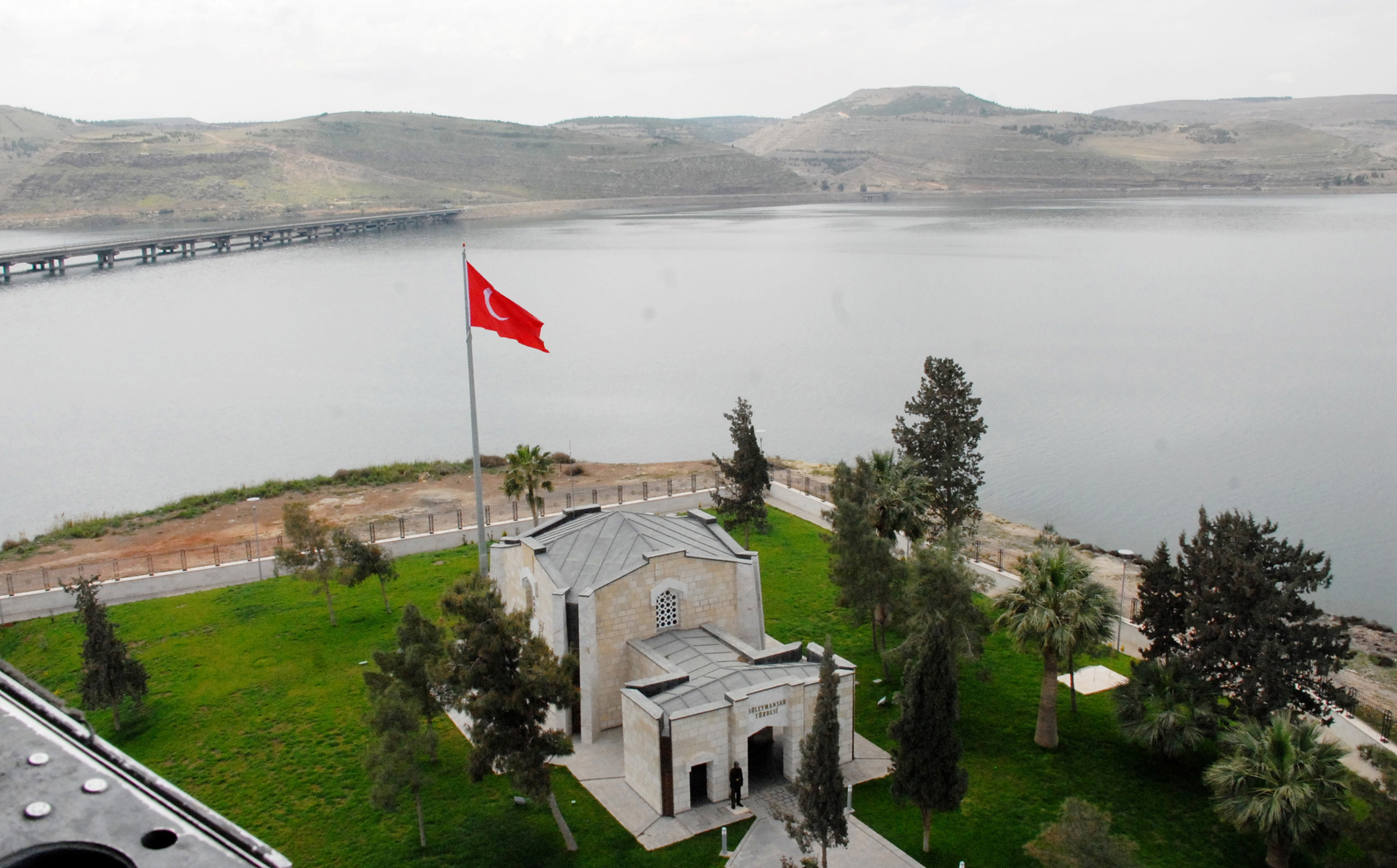
Operations conducted by the Syrian National Army (SNA) in Manbij, Aleppo province, have liberated several key locations, including the strategically vital Karakozak Bridge, from terrorist group PKK/YPG control.
The clearance of the Karakozak region has reignited discussions about the Suleyman Shah Tomb, previously relocated due to security concerns posed by the Deash terrorist group.

The tomb of Suleyman Shah and the surrounding land were recognized as Türkiye’s only territory outside its national borders under the 1921 Ankara Agreement. This status was later reaffirmed in the 1923 Treaty of Lausanne and subsequent bilateral agreements between Türkiye, France, and the Syrian Arab Republic.
According to Professor Ekrem Bugra Ekinci, "The ninth article of the treaty stated, 'The tomb in Qalat Jabar of the grandfather of the founder of the Ottoman dynasty, Suleyman Shah, which is known as the Turkish Tomb, shall remain, with its appurtenances, the property of Türkiye, who may appoint guardians for it and may hoist the Turkish flag there.'
During the meeting for the Treaty of Lausanne, the same ruling was accepted by all. Since then, the Turkish flag has been flying and a platoon of Turkish soldiers has guarded the tomb, which is regarded as Turkish land. Following the agreement between the Turkish government and Syria in 1956, it was decided that soldiers would change guard on the 17th day of every month and receive supplies on the 20th day."
Retired Lt. Gen. Ismail Hakki Pekin, a former chief of Military Intelligence, spoke to the Turkish daily Gazete Pencere about the potential return of the tomb: “It was moved closer to the border to avoid becoming a flashpoint for conflict or blackmail. Now that Manbij has been secured, it’s time to move it back. Restoring the tomb to its original location would boost morale both militarily and among the public. The site is officially Türkiye’s territory, and this move would further solidify that status.”
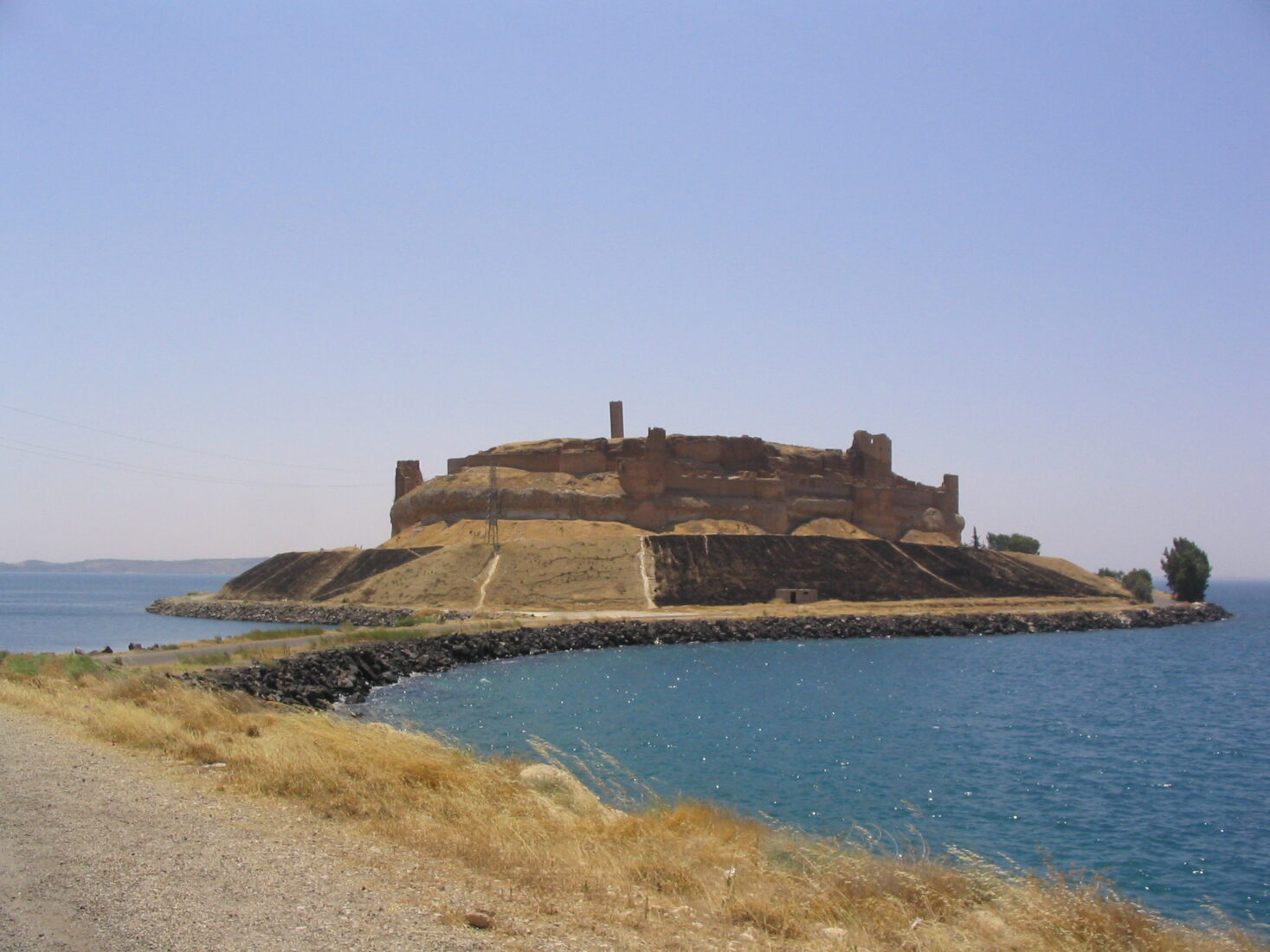
Initially located near Castle Jabar, close to Raqqa, the Suleyman Shah Tomb was moved in 1975 to Karakozak village on the eastern banks of the Euphrates, 123 kilometers from Aleppo and 92 kilometers from Sanliurfa.
This relocation was necessitated by the threat of submersion from dam construction, under an agreement between the governments of Ankara and Damascus.
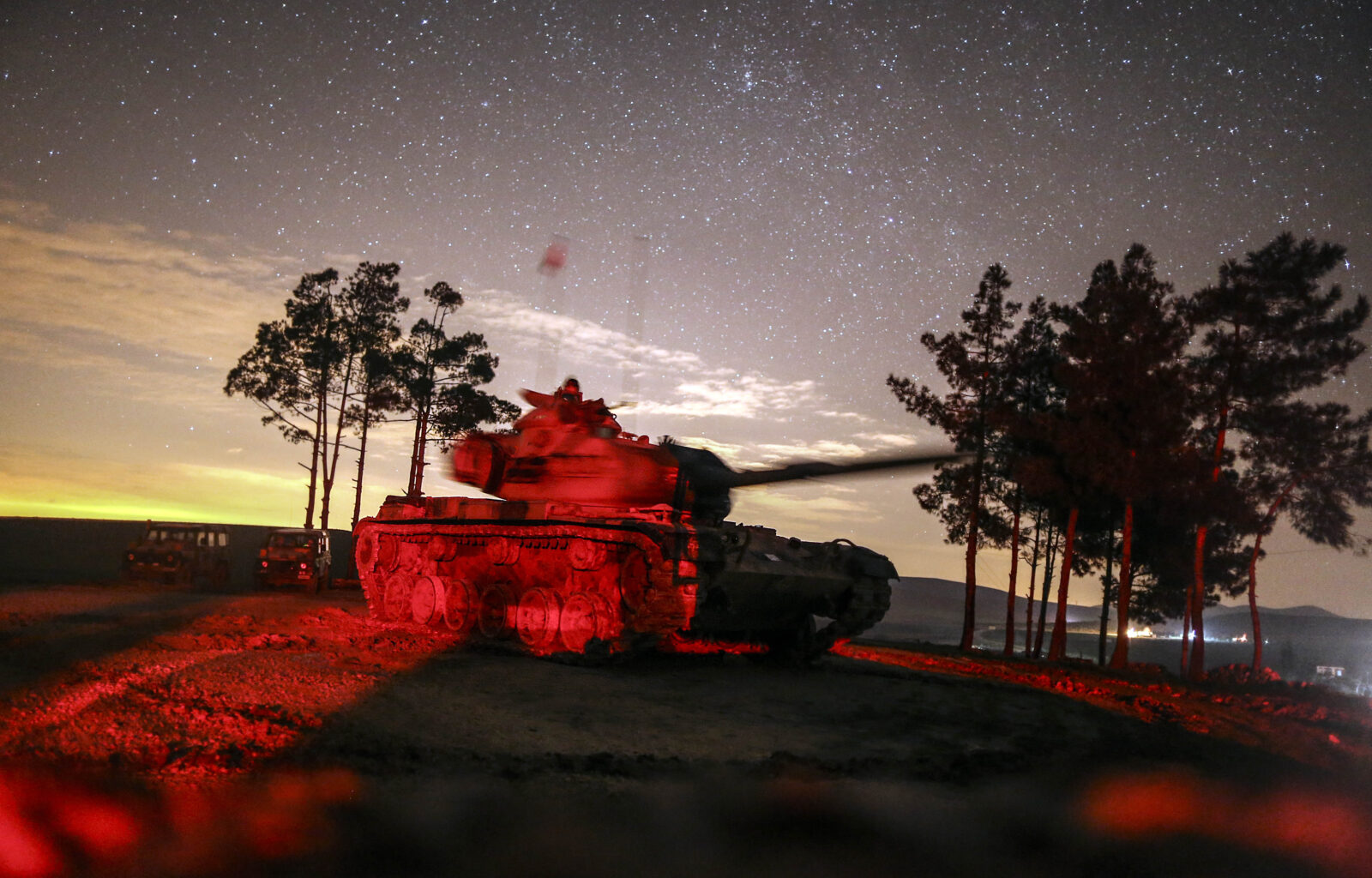
In 2015, the rise of Deash led to a second relocation during the “Shah Firat Operation.” The tomb was moved to Esme village near the Syrian border in Sanliurfa province.
The tomb houses the remains of Suleyman Shah, grandfather of Osman Ghazi, the founder of the Ottoman Empire, as well as two soldiers.
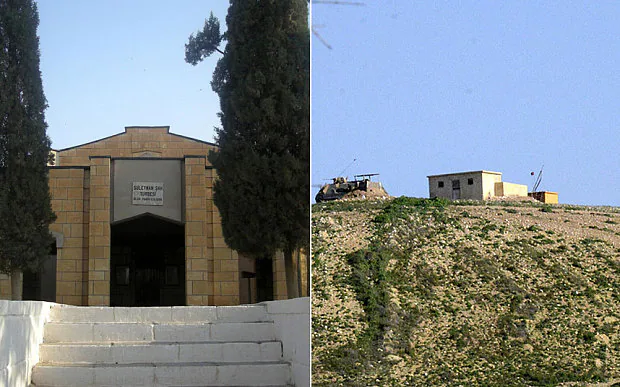
In 2017, then-Prime Minister Binali Yildirim stated that the tomb would be returned to its original site once a safe environment was ensured.
Following the recent SNA operations that have secured the area, the possibility of relocating the tomb back to Karakozak has gained renewed attention.
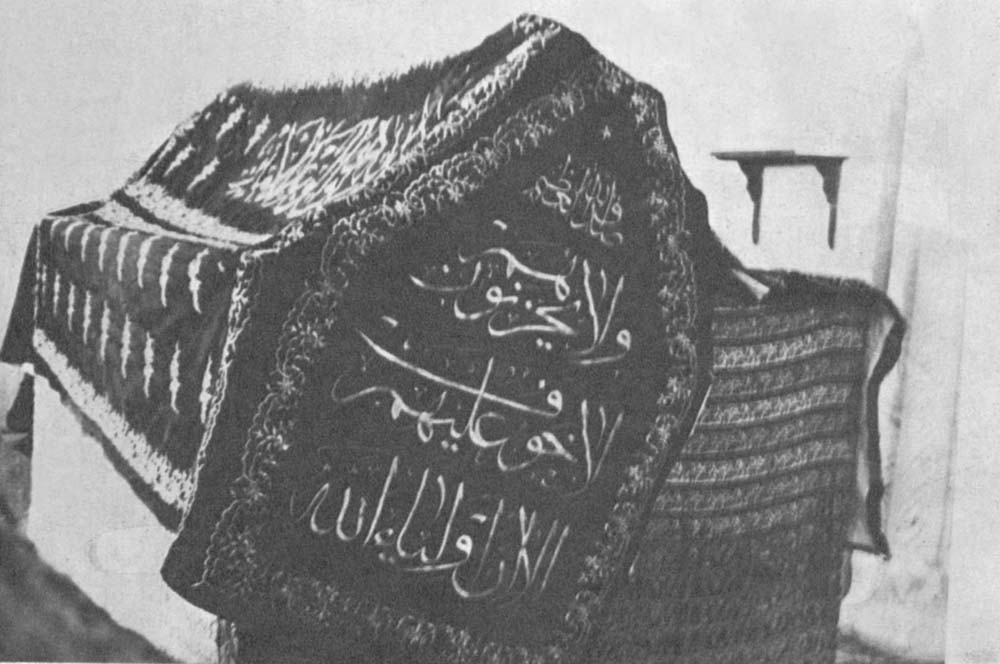
Born around 1178, Suleyman Shah is a pivotal figure in the lineage of the Ottoman Empire. The son of Kaya Alp and the father of Ertugrul Gazi, he led the Kayi tribe, one of the prominent Oghuz Turkic clans.
Fleeing the Mongol invasions led by Genghis Khan, Suleyman Shah migrated westward from Turkistan with an estimated 50,000 followers. After settling briefly in Erzincan and Ahlat in eastern Anatolia, his leadership extended to regions around Diyarbakir, Mardin, and Urfa. Suleyman Shah is believed to have drowned in the Euphrates River while traveling to Castle Jabar and was buried in a mausoleum there.
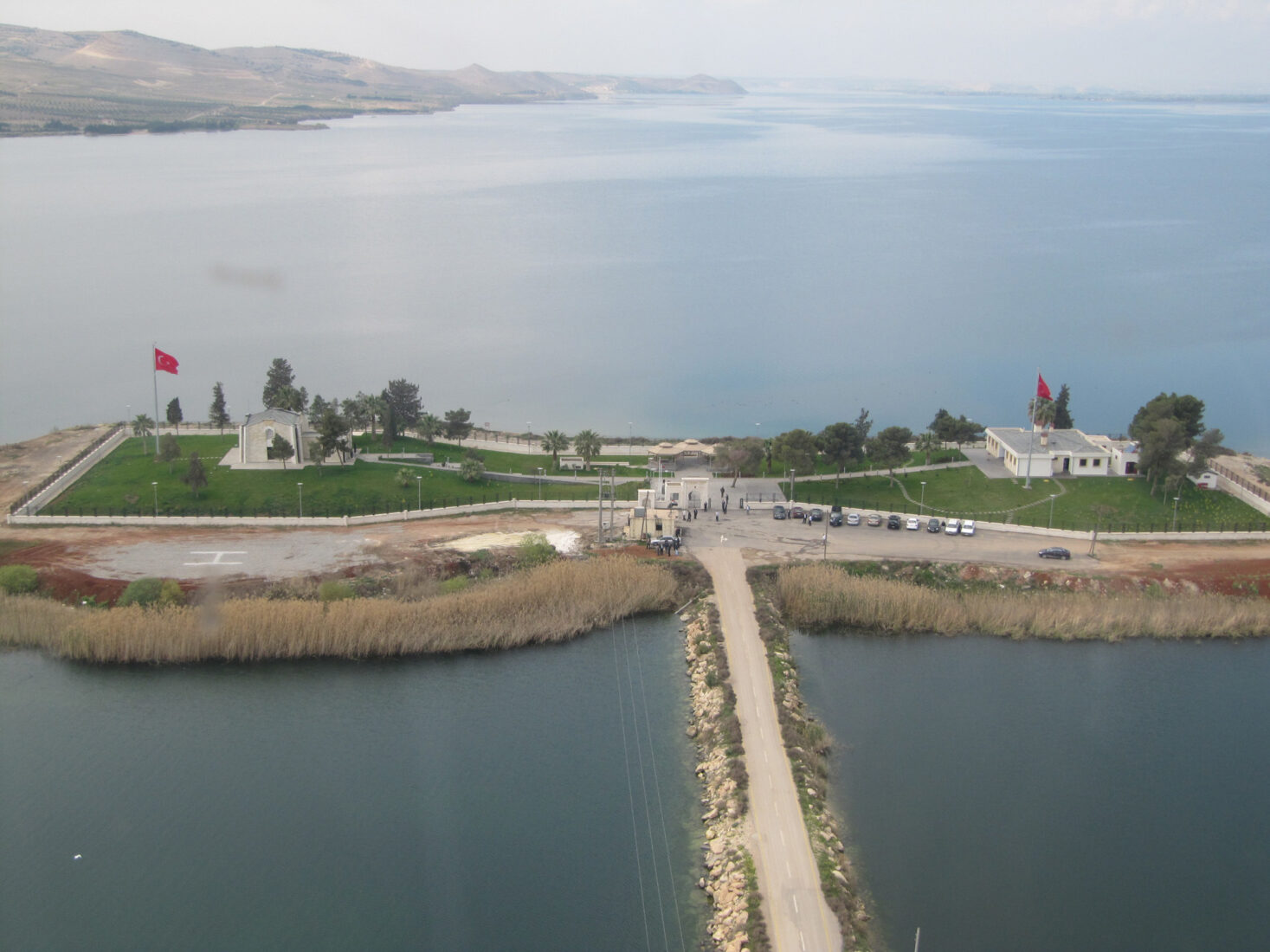
The tomb’s location became an international issue after World War I, as the region fell within the French Mandate for Syria. However, agreements like the Ankara Treaty and the Treaty of Lausanne ensured that the site remained recognized as Turkish soil.
The potential return of the tomb to Karakozak would not only symbolize Türkiye’s historical and territorial claims but also serve as a morale booster for the military and citizens.
As the region stabilizes, the tomb’s relocation is seen as a significant step in preserving and honoring Türkiye’s cultural heritage and legacy.